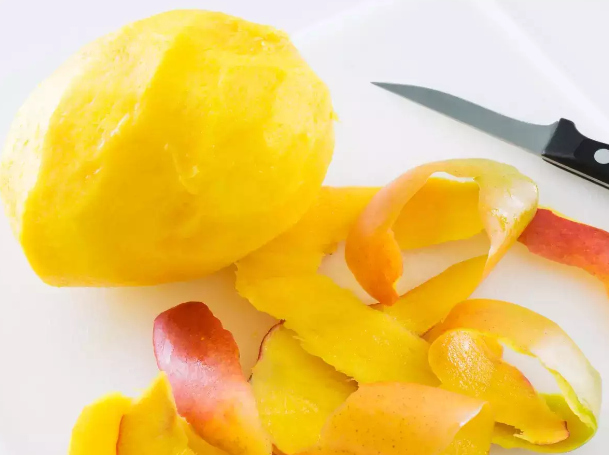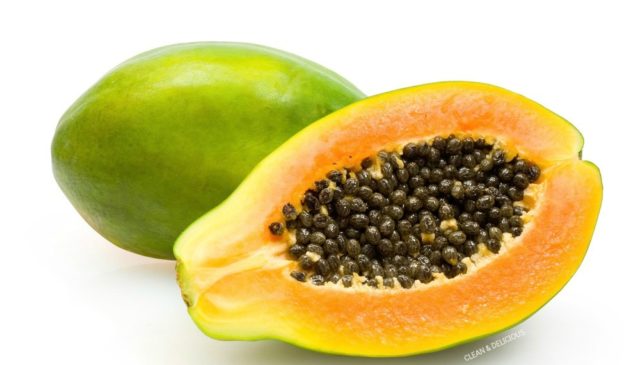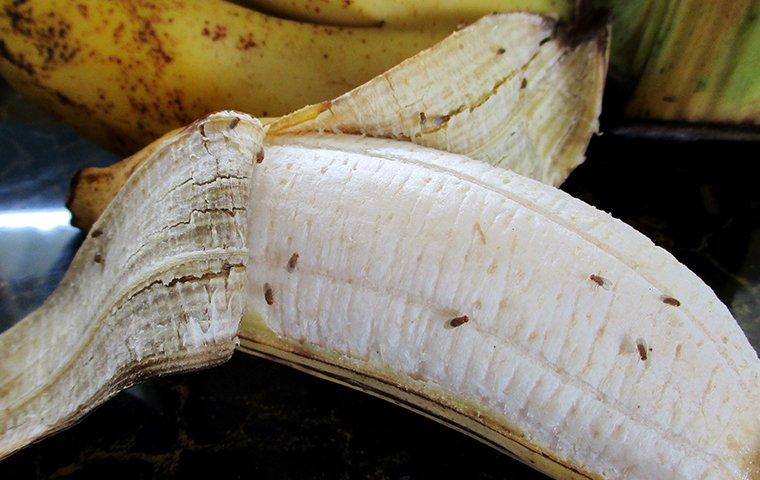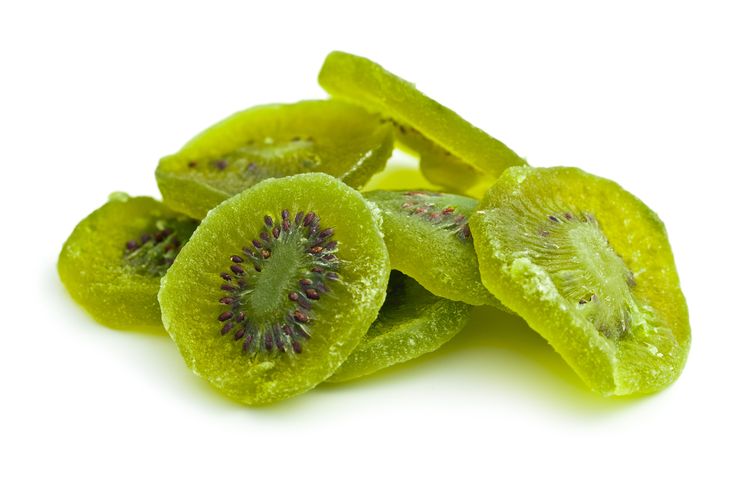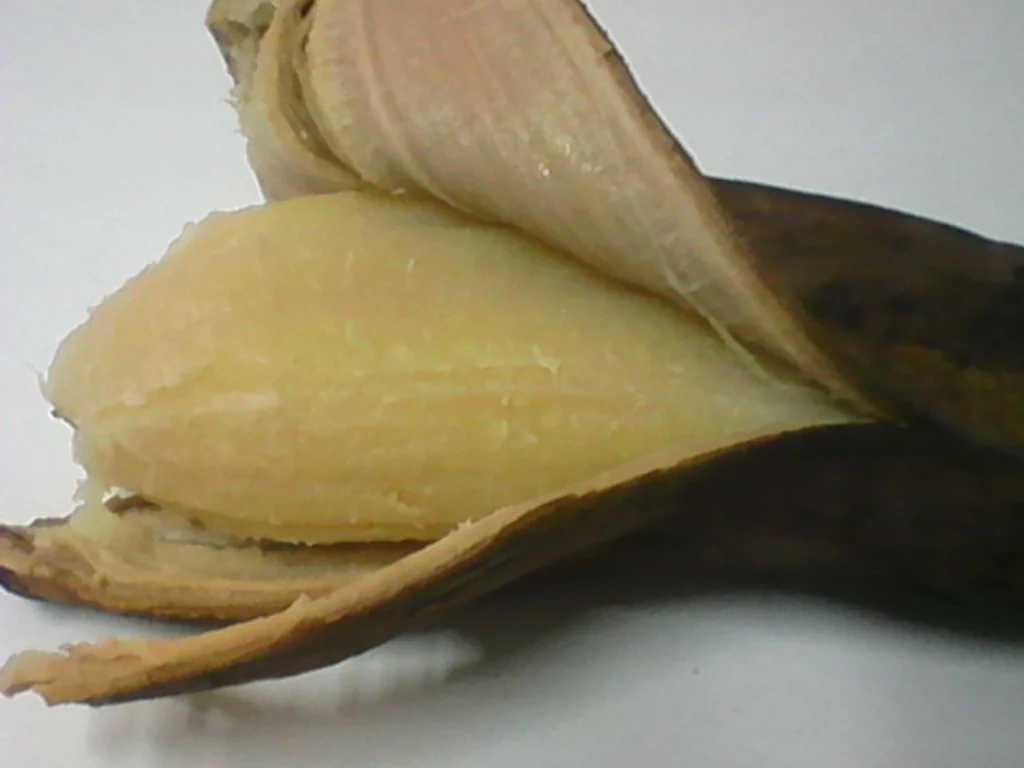Bunchberries, known scientifically as Cornus canadensis, are small plants with pretty flowers, part of the dogwood family.
These appealing plants come from North America and stand out with their unique style and shiny red berries. A lot of people are curious if it’s okay to eat these berries. We’re going to talk about if you can eat bunchberries and if they are safe to eat.
Table of Contents
What Bunchberries Look Like
Bunchberries are short plants, usually getting about 6 to 8 inches tall. They have wide, egg-shaped leaves grouped around the stem.
In the summertime, bunchberries grow small, bright red berries that look a bit like raspberries or strawberries.
Can You Eat Bunchberries?
Yes, you can eat bunchberries. But, it’s good to know that not many people eat them as food. They’re small and have a lot of seeds compared to the amount of fruit they have. This means there’s not much to eat besides seeds, which makes people not want to eat them a lot.
How People Have Used Bunchberries
Even though they’re not a popular snack, Native American tribes have used bunchberries in their food for a long time.
Some groups would put them with other fruits or use them in their recipes. These traditional ways of eating them usually involved special prep to make them taste better or to take out the seeds.
Things to Think About Before Eating Bunchberries
Bunchberries are mostly safe to eat, but you should be careful and think about a few things first. Here are a few tips:
- Knowing the Berry: Make sure you know you have bunchberries so you don’t mix them up with other berries that look the same.
- Where They Grow: Pick bunchberries from places that don’t have any pollution, pesticides, or other bad stuff. It’s better to find them in clean, natural areas.
- Checking for Allergies: Just like with any new food, if you have allergies or are sensitive to certain things, be extra careful with bunchberries. If you know you’re allergic to similar plants or berries, you might want to stay away from them.
- Don’t Eat Too Many: It’s a good idea to only eat a little bit of any wild berries at first. This way, you can see if they cause any problems for you.
Other Ways to Use Bunchberries
Even if eating bunchberries isn’t very common, there are other things you can do with them:
- For Decoration: Bunchberries are pretty and can be used to make things look nice, like in flower arrangements or in your garden.
- Feeding Animals: Bunchberries are important for feeding lots of different animals, like birds and small furry creatures.
Final Thoughts
You can eat bunchberries, but most people don’t eat them a lot because they’re tiny and full of seeds. Native American tribes used them in special ways that are part of their culture and cooking traditions.
When you think about trying bunchberries, remember to be sure of what you’re picking, find them in clean places, watch out for allergies, and eat them in small amounts first. Always look for bunchberries in areas without pollution and try them out slowly.

